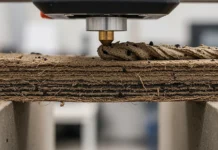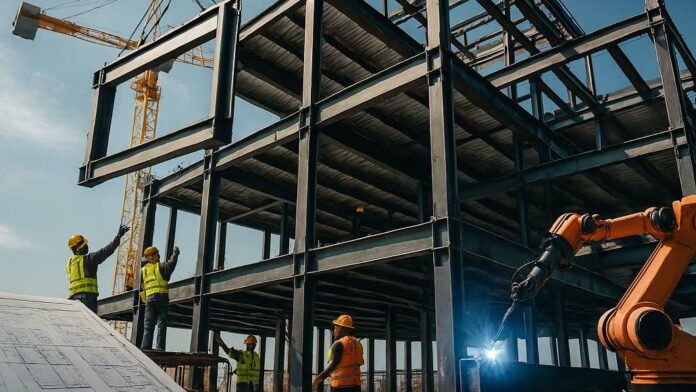In contemporary construction, metal structural work is the foundation of both efficiency and ambition.
From the earliest sketches of architects to the final lift of a crane, metals provide strength, flexibility, and sustainability. Today, innovations in metal structural work are transforming how projects move from concept to completion, ensuring buildings can meet modern demands for scale, safety, and performance.
The Design Stage — Laying the Foundations
The process begins long before a single beam is fabricated. Engineers and architects design with metal frameworks in mind, leveraging the versatility of steel and aluminium to realise complex forms. These materials allow lightweight yet resilient frameworks that are ideal for high-rise buildings, bridges, and industrial facilities. Their adaptability also supports open-plan layouts and innovative architectural shapes. At this stage, structural modelling software ensures accuracy in load-bearing calculations, helping teams forecast costs, optimise material use, and reduce waste. By integrating metals into design from the outset, projects gain both technical precision and creative freedom.
Fabrication and Assembly — Precision in Practice
Once designs are approved, the fabrication stage translates plans into reality. Advanced manufacturing methods such as CNC cutting, robotic welding, and modular assembly ensure that each component meets exacting specifications. Prefabrication has become a central advantage in modern projects: by producing large elements off-site under controlled conditions, errors are minimised and assembly times on site are shortened. This approach reduces delays, mitigates risks associated with unpredictable weather, and cuts overall labour costs. Beyond efficiency, metal structures also contribute to sustainability by maximising recyclability and reducing material waste during production. Precision fabrication ensures that the strength promised in design is delivered in practice.
On-Site Delivery and Installation
With the delivery of pre-fabricated materials, cranes can assemble the structure as planned. Strict safety measures are needed so that heavy metals are assembled in the correct locations. When human teams coordinate their efforts, even the most massive frameworks can go up in record time, keeping the overall project on time, on budget, and utterly free of risk.
The Future of Metal Structural Work
Looking to the advancement in the near future, technology looks set to revolutionize the industry even further. Robots and automated systems are already increasing the speed and consistency of production, and Building Information Modelling (BIM) is guaranteeing that design, logistical, and installation data can be seamlessly integrated.
A concern for sustainability provides another incentive. Entirely recyclable matter and the principles of an agile manufacturing process mean that an increasingly smaller carbon footprint is being left in the wake of these projects. Given that urbanization is ever-quickening on a global scale, the demand for highly available, scalable and sustainable systems is showing no sign of slowing. It seems metallic frameworks are not just keeping pace, but they are now affording architects and engineers the ability to design even bolder and more durable systems than those that have come before.
Conclusion
From design conceptualisation to site installation, metal structural work encapsulates much of the universe of modern construction. It provides the foundation on which to construct architectural ambitions, while also delivering efficiency, safety, and sustainability benefits. For corporate and project leaders, an informed decision to adopt a future-oriented approach to metal structural work is not just a matter of technique. Rather, it represents an investment in corporate and project resilience and continuity, innovation, and long-term value.































